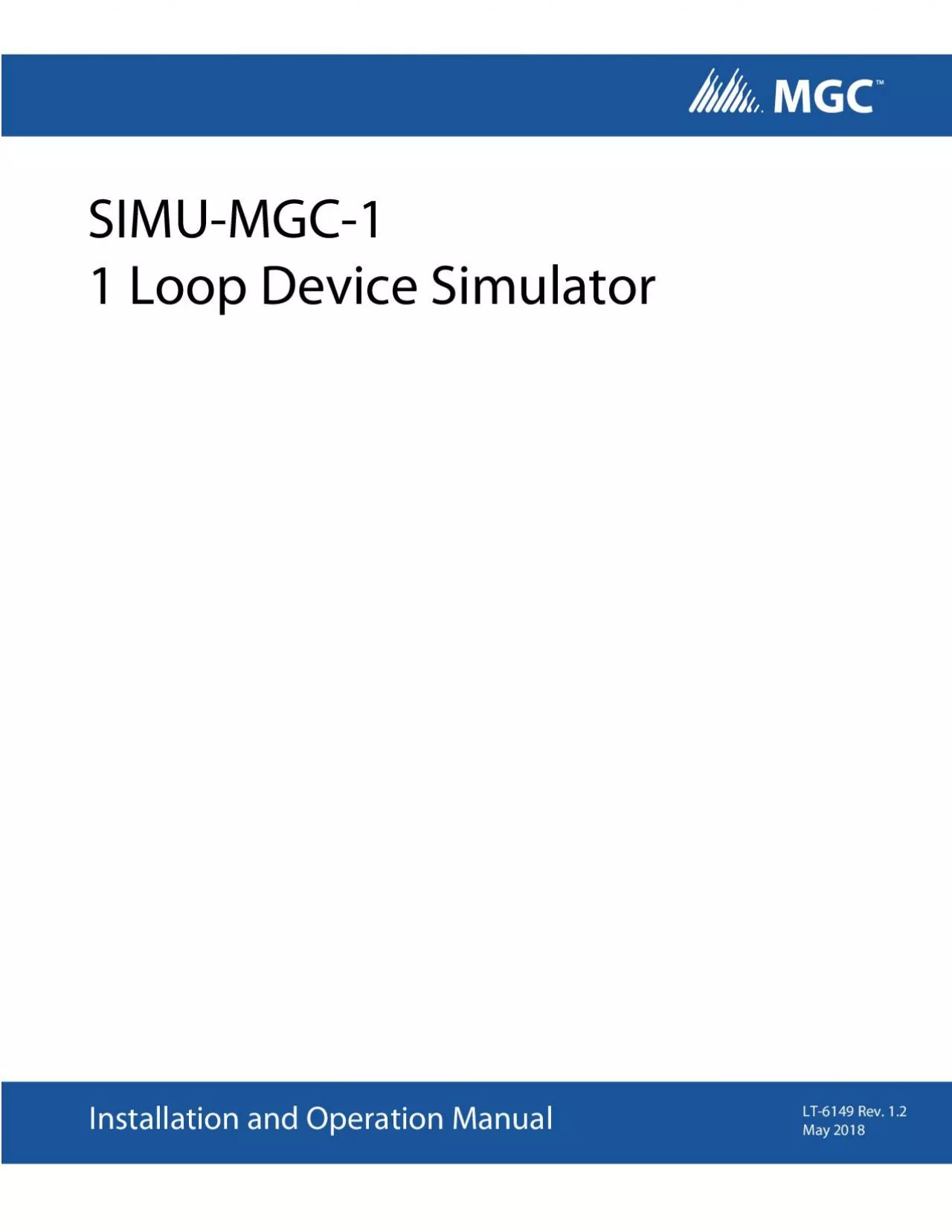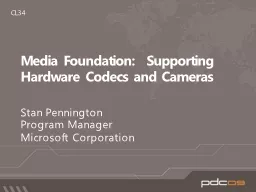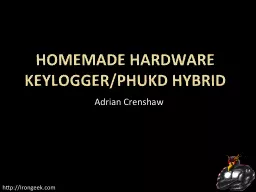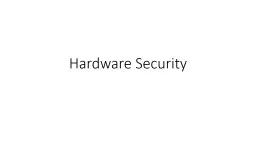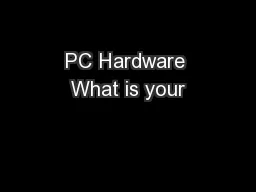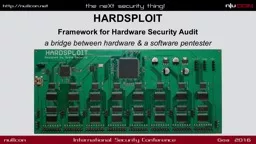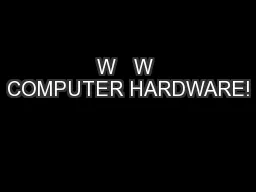PDF-Contents10Introduction 411Required Hardware 12Components 20Connectio
Author : obrien | Published Date : 2021-08-24
LT6149 Rev 12May 201834The Device Simulator allows you to easily simulate sensor and module behaviour when testing or developing a fire alarm system It reduces the
Presentation Embed Code
Download Presentation
Download Presentation The PPT/PDF document "Contents10Introduction 411Required Hardw..." is the property of its rightful owner. Permission is granted to download and print the materials on this website for personal, non-commercial use only, and to display it on your personal computer provided you do not modify the materials and that you retain all copyright notices contained in the materials. By downloading content from our website, you accept the terms of this agreement.
Contents10Introduction 411Required Hardware 12Components 20Connectio: Transcript
Download Rules Of Document
"Contents10Introduction 411Required Hardware 12Components 20Connectio"The content belongs to its owner. You may download and print it for personal use, without modification, and keep all copyright notices. By downloading, you agree to these terms.
Related Documents

